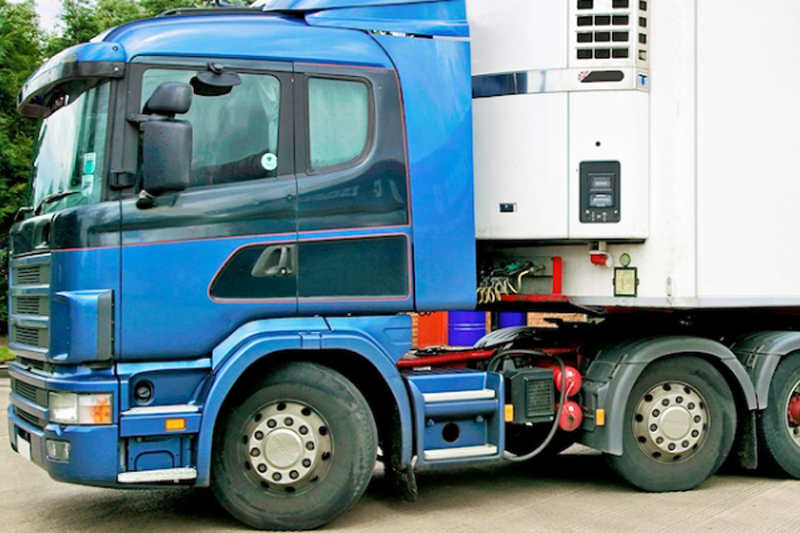
Earlier this year, the Government announced that tyres aged 10 years and older would be banned on the front axles of lorries, buses and coaches. Here, the DVSA provides its guidance on the change in rules.
DVSA already checks for tyres aged 10 years and older during roadside enforcement stops. However, this change in law will allow the DVSA to issue prohibitions if these tyres are found at annual test and enforcement checks.
What is changing?
From February 2021, it will become illegal to fit tyres aged 10 years or older to:
- The front axle of a goods vehicle with a maximum gross weight exceeding 3,500kg
- The front axle of a bus or coach – including minibuses
- The rear axle of a minibus with single rear wheels fitted
What this means for these vehicles at annual tests
Tyres that are aged 10 years and older will become a failure item at annual tests. If these tyres do not display a date code, they will also fail. As part of the annual test, the DVSA’s Vehicle Standards Assessors (VSAs) will check that each tyre displays a date of manufacture or re-treading.
What this means for DVSA enforcement checks
Once the rules change, if the DVSA’s roadside enforcement teams find a tyre aged 10 years or older fitted to the front axle of a relevant vehicle, they will issue an ‘S’ mark prohibition and conduct a follow up investigation.
What happens next?
The DVSA will also publish updates to the ‘Guide to Maintaining Roadworthiness’, ‘Categorisation of Defects’ and ‘MOT Inspection Manual’ before the new legislation comes into force.
In the lead up to the ban, VSAs will also start to identify tyres aged 10 years or older on HGVs, alongside their existing checks on PSVs. They will also share this information with vehicle presenters and drivers to help raise awareness of the new rules.
The DVSA will then provide an update with more information ahead of the change in the law being introduced. This new rule will aim to help improve road safety and follows work undertaken by government and the efforts of campaigners.








